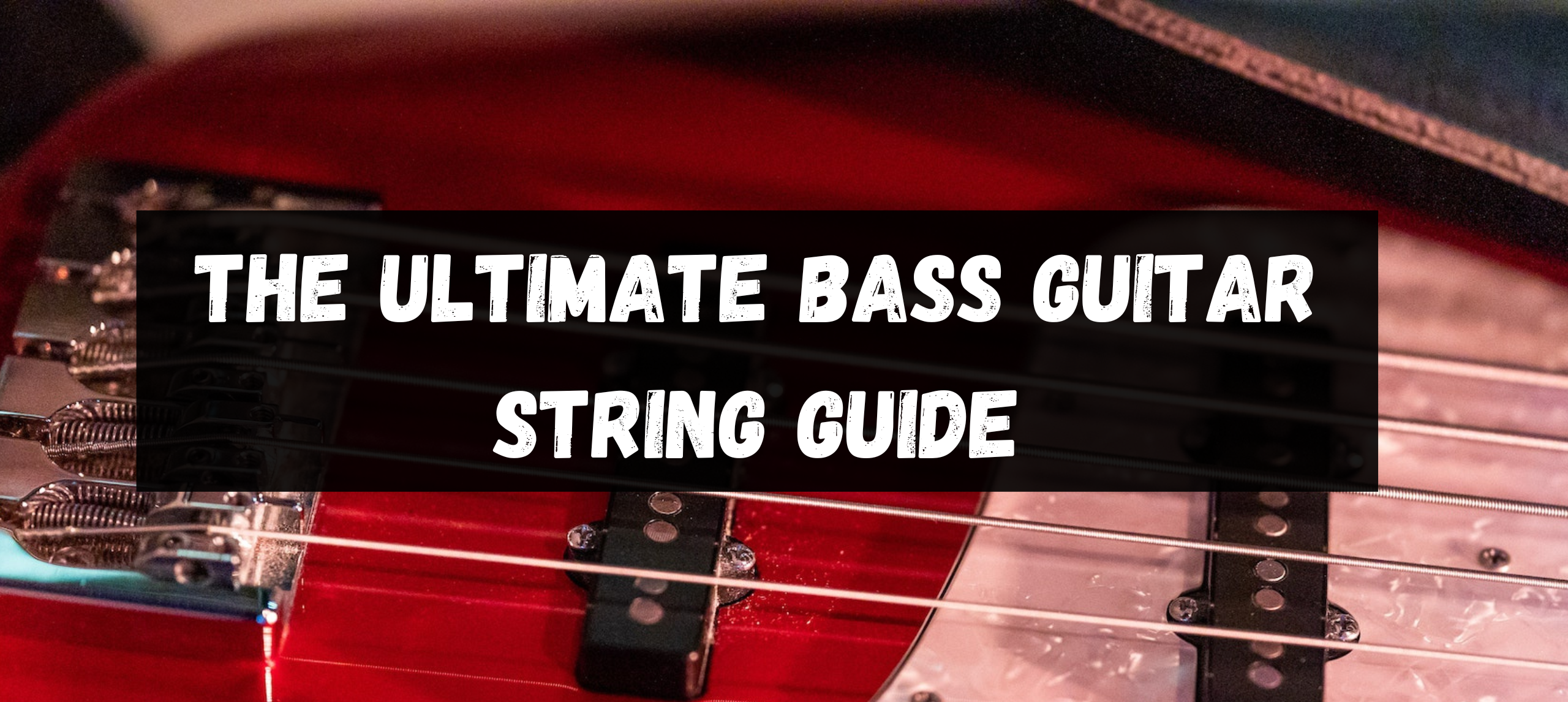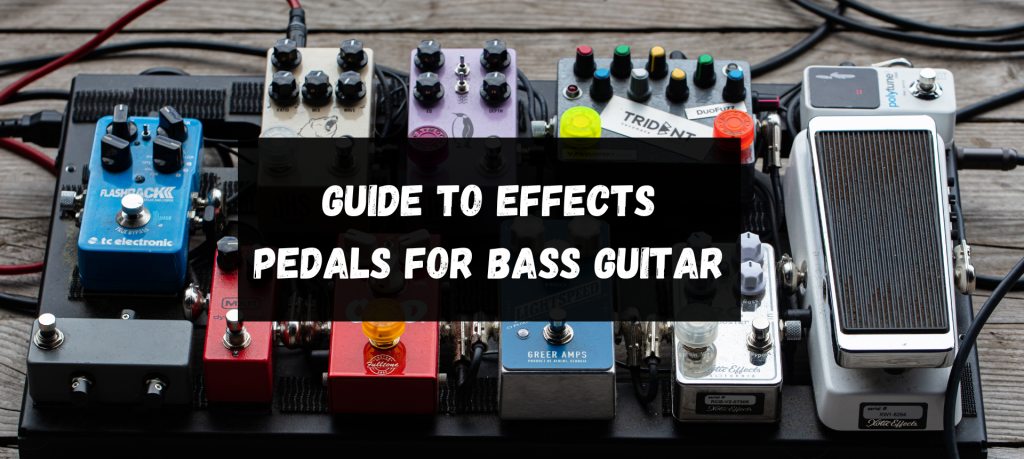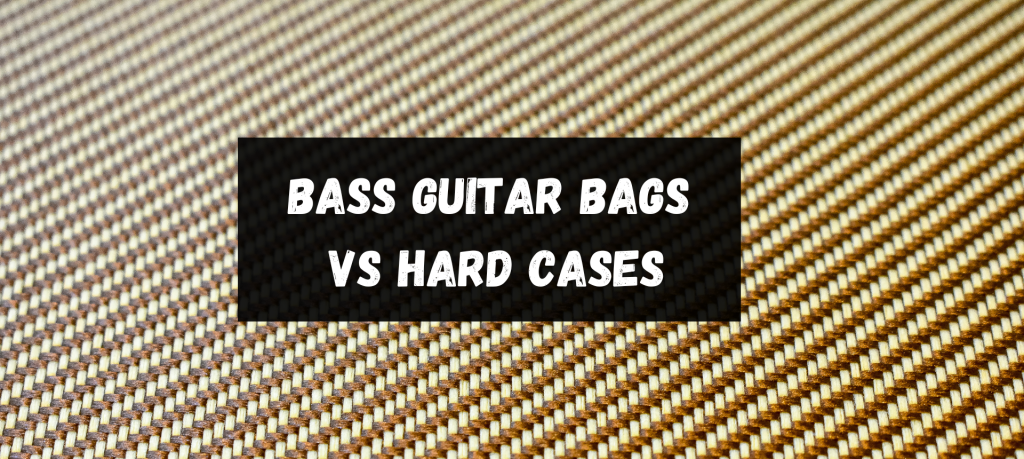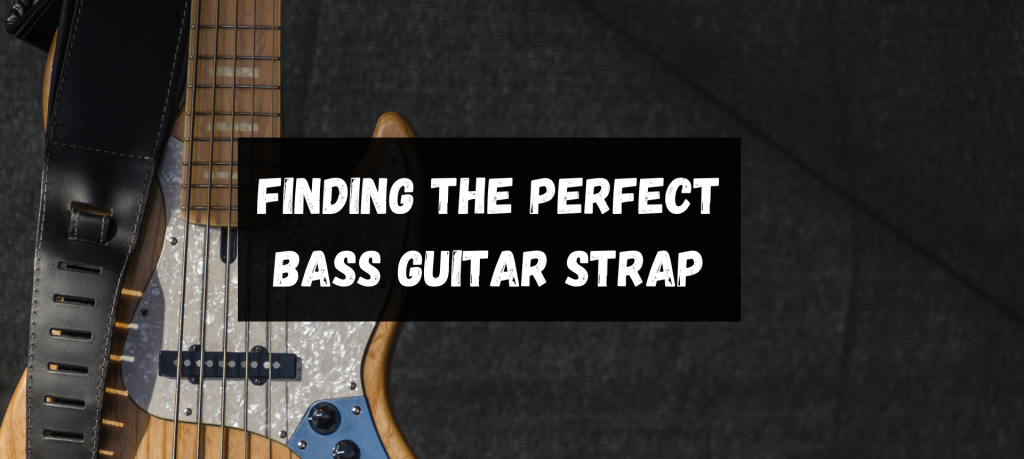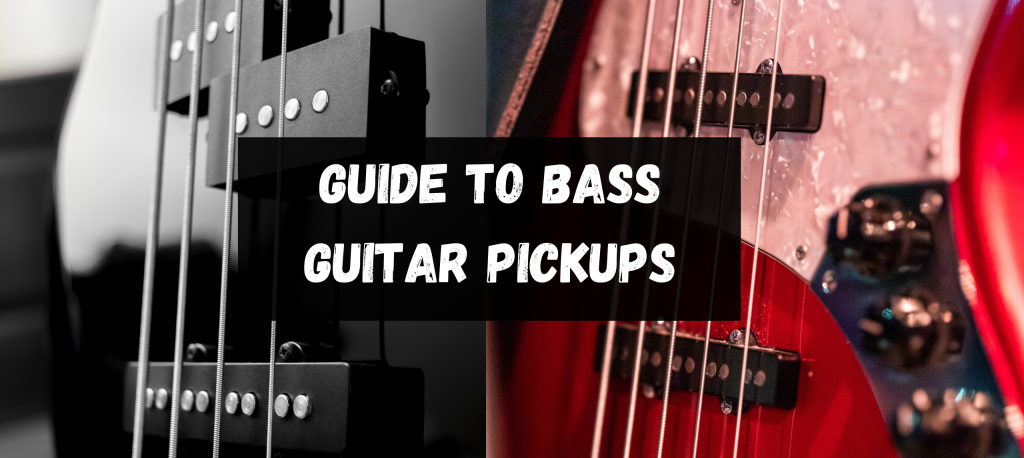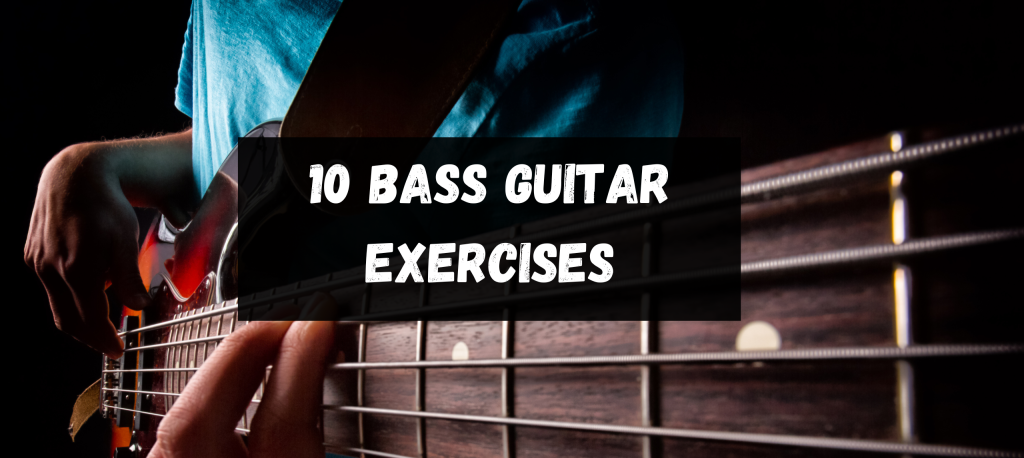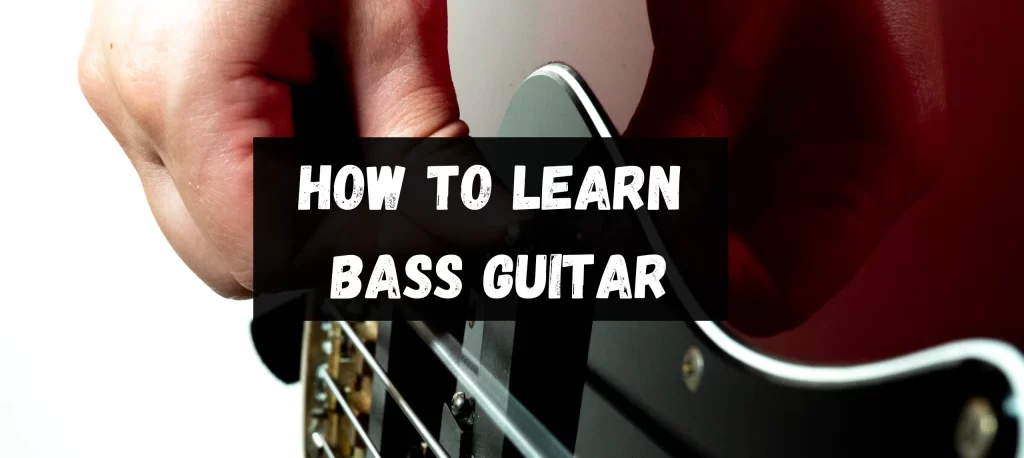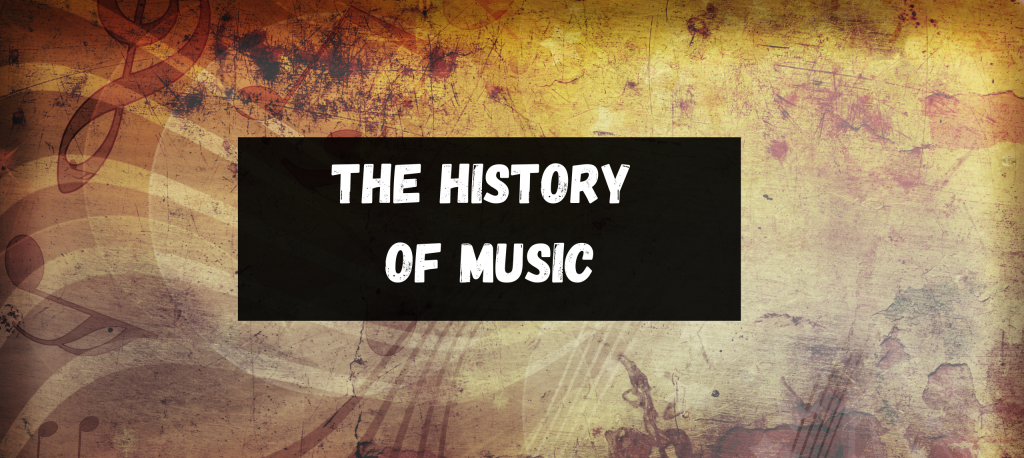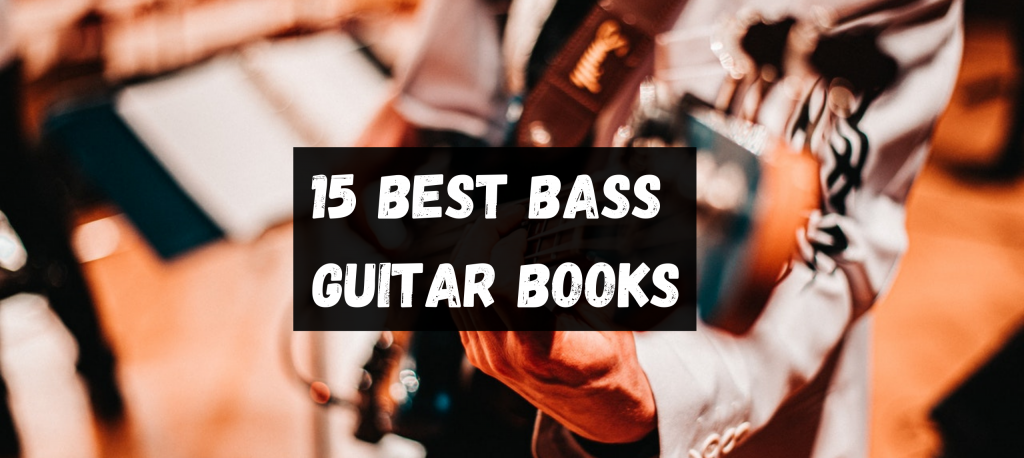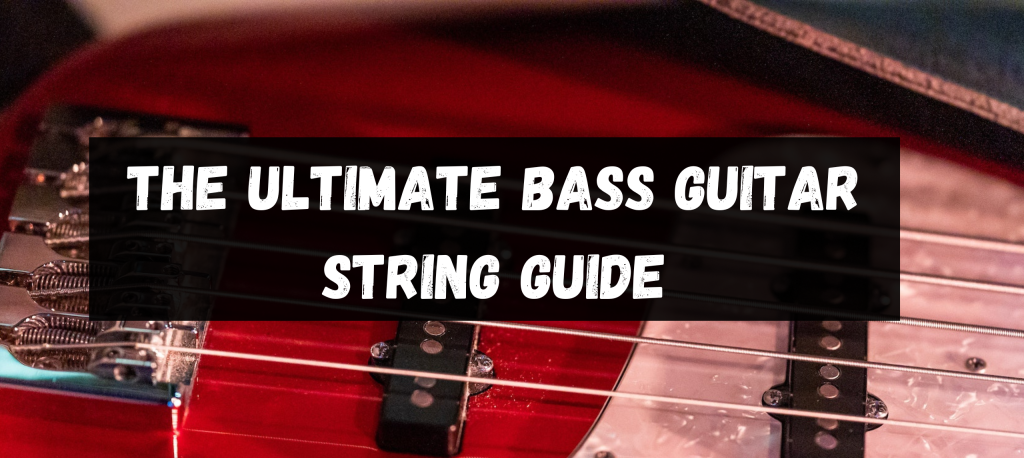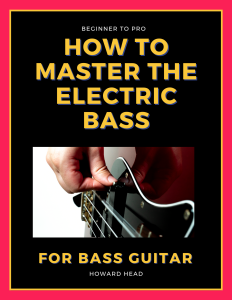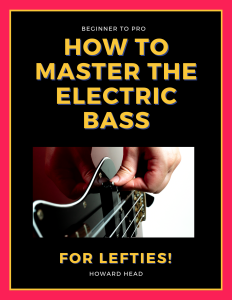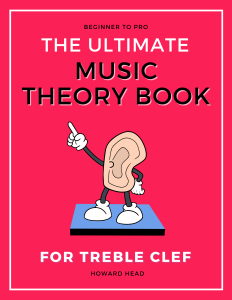November 14, 2022
Howard
Understanding bass strings can be challenging as there are lots of choices! Here’s my ultimate bass guitar string guide to help you decide what strings would be best for you!
Running through every kind of string is a metal core wire that is attached to a ferrule. The ferrule is the part which keeps the string in place at the bridge. The core can be one of two types, hexagonal and round. A wire wrap/windings go around the core, and this is the part that gives strings most of its characteristics in terms of sound. In the round core, the wire wrap is entirely in contact, and this gives it a balanced vintage tone with boomy low ends. However, if you’re using round core strings, you need to take an extra step when trimming; otherwise, the wrappings can come loose and ruin the string. The extra step is to bend the string 90 degrees and then trim off the excess string (not trim and then bend). The wire wrap around a hex-core is tighter as the wrap doesn’t have full contact with its surface and instead digs into its corners. This results in a tighter bond giving the string a brighter sound and eliminating tuning instability. There’s no extra step needed. Both types also have an effect on the tension and therefore playability with the round core being ‘loose’ and the hex-core being ‘tight’. You may need to do a setup if you transition from one type to the other. The majority of strings are hex-core, but it is something to watch out for when choosing your strings.
The winding method is important as it shapes the attack of the sound. There are three types of winding methods:
Roundwound
Deliver a bright tone due to having more grooves. However, because of this, they bring more finger noise and feel rougher than the other winding methods. Roundwounds are the most popular as they are so versatile and are used in most playing styles. This is the go-to string for the majority of players.
View roundwound bass guitar strings
Flatwound
Deliver a mellow tone due to having lesser grooves. They have little to no finger noise and feel silky and smooth to the touch. This string is most suited in genres such as jazz, reggae and blues where there is a need for a mellow sound. This is also the string you would use on a fretless bass as the lesser grooves won’t eat up the fingerboard.
View flatwound bass guitar strings
Halfwound
Deliver a hybrid tone between Roundwound and Flatwound. They are essentially Roundwound strings that have been ground down. They have a bright tone with a smooth feel and don’t wear the fretboard out as much.
View halfwound bass guitar strings
The next string type is slightly different.
Taperwound/exposed core
Where it is tapered towards the bridge end and may even expose the core. Usually made using a Roundwound winding method and has an increased high end than a non-exposed core.
Which Bass Guitar String Material is Best?
The next choice to consider is the material you should choose for your string. I have placed them in order from the brightest to the mellowest.
Stainless steel
Corrosion resistant and has a very bright tone.
Nickel plated steel
Has the brightness of steel and the warmth of nickel—the most popular choice.
Nickel
Warmer tone.
Copper plated steel
Creates a more ‘acoustic’ tone as it creates more overtones.
Tapewound
A nylon made string that has a smooth feel and a mellow tone.
If you see EXP on a packet of strings, this refers to the anti-corrosive coating on the strings which is usually required for nickel and copper-plated steel. Having coated strings gives them a longer lifetime.
Best Bass String Gauge
The last consideration to make is the gauge which refers to the thickness of each string.
High gauge strings are great for a low end but increase the tension on the neck.
Low gauge strings are easier to fret and slap due to having less tension but have less low end.
Light – .040/.065/.080/.100
Medium – .045/.065/.085/.105
Heavy – .050/.075/.090/.110
Very heavy – .060/.080/.100/.120
Bass Guitar String Guide Conclusion
So to wrap up my bass guitar string guide, when choosing strings, you need to pick your scale length, core, winding method, material and gauge. These all depend on your musical direction and tone preferences. If you are a beginner or unsure what tone you want, it’s best to go for a hex core, Roundwound, nickel-plated steel strings with a medium gauge (.045). This is the most popular string and allows you to play all styles of music. One thing to mention is that with bright strings you can EQ them to sound mellow but you can’t EQ mellow sounding strings to sound bright. If a bright tone is what you’re after you will find yourself changing strings more regularly than mellow sounding strings as, after a while, they will start to lose their brightness. John Entwhistle (bassist from The Who) would change strings daily to maintain the crispiness a new string gives to the sound.
A recent development worth mentioning is that it is possible to get piccolo strings which are bass strings in the octave of electric guitar strings. These are good for solo bass, and an innovative instrumentalist called Zander Zon uses them which is certainly worth checking out!
If you have any other bass guitar string tips, please let me know in the comments (don’t mention boiling the strings! ahah) If you enjoyed reading this blog and what to know more, please check out my bass guitar books!

Howard Head
I turn confused bass enthusiasts into bass gods through a simple and logical process.


